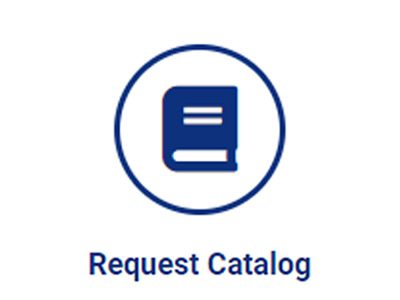Aqueous Degreasing of Aluminum and Steel Tubing Satisfies Stringent Specifications.” Precision Cleaning Vol lll, No. 5 (May 1995): 15-22.
Woodrow, Thomas A.
Three analytical cleanliness
measurement teachniques confirm
effectiveness of a new
custom cleaning system.
For the cleaning of aluminum and steel tubing. Lockheed Fort Worth Company (LFWC) has replaced its 1.1.1-trichloroethane cold cleaners and trichloroethylene vapor degreasers with an aqueous alkaline degreaser system.
The project began in 1987 as a laboratory investigation of alternate cleaning methods for minimal hazardous material use and emissions, as part of the LFWC long-term goal of “zero discharge” hazardous water and emissions. Startup and shakedown of the new system began in December of 1992. As of November 1993, 100 percent of the tubing manufactured at LFWC (including oxygen tubing) has been cleaned in the aqueous system.
The setup consists of two alkaline cleaner tanks, three rinse tanks, and one forced-air drying oven. Each tank is constructed of stainless steel, holds 800 gallons of liquid, and is serviced by a centrifugal pump. The fluid in each tank is circulated through eductors which increase effective flow. The cleaner in deionized water while the rinse tanks contain deionized water only.Tubing to be cleaned is placed into aluminium mesh baskets that are then lowered into the tanks by an overhead conveyor. Pieces range in size from 0.19 to 3 inches, inside diameter, and can measure as much as 4 feet in length. Spray wands located on the sides of each tank allow operators to spray the tubing with alkaline cleaner, deionized water, or filtered air as required. After cleaning, tubes are dried in a recirculating forced-air oven.
Cleaner Systems and Steps
The LFWC alkaline cleaning system is divided into two basic subsystems:
- The rough was subsystem, replacing a 1.1.1-trichloroethane cold cleaning tank, consists of a cleaner tank and a rinse tank. Its purpose is to remove gross contamination from tubing. The tubes are then either dried in the oven and returned to the shop floor for additional work or they are cleaned a second time in the final wash.
- The final wash subsystem, replacing a trichloroethylene vapor degreaser, consists of a cleaner tank and two rinse tanks. Its purpose is to remove the last traces of contaminants before tubing is placed into stock. The final rinse tank is monitored with a conductivity meter, and a deionized water flush keeps the concentration of alkaline cleaner from dragout below as a set level.
The general procedure adopted for tubing cleaning is as follows:
- Using cotton string, tie the tubing in vertically-oriented bundles in the wire mesh baskets.
- Spray the fittings on the tubing with the cleaner to ensure that forming fluids are not trapped underneath. Flush the interior of “coiled” tubing (i.e., that having a bend that can entrap liquid) with cleaner.
- Immerse the basket in the rough wash tank and process per specifications.
- With compressed air, spray any adhering foam off of the tubing and basket. Blow out coiled tubing.
- Immerse the basket in the rough rinse tank and process per specifications.
- Blow out each tube with filtered compressed air.
- Repeat the above cleaning process using the final wash tank followed by consecutive rinses in the two final rinse tanks. Blow out each tube with filtered compressed air.
- Dry tubing in an oven.




